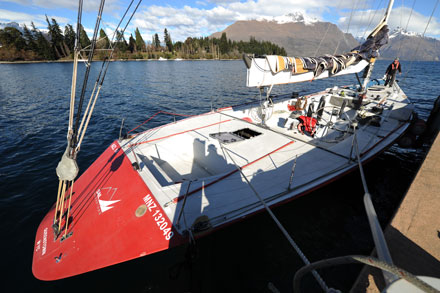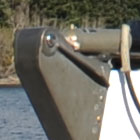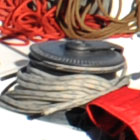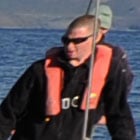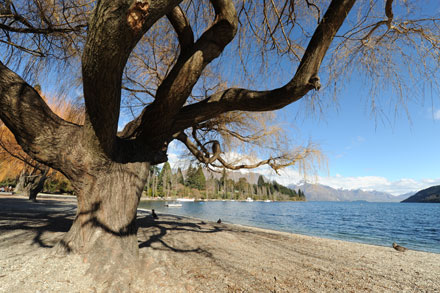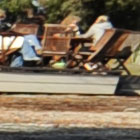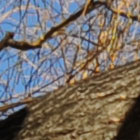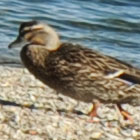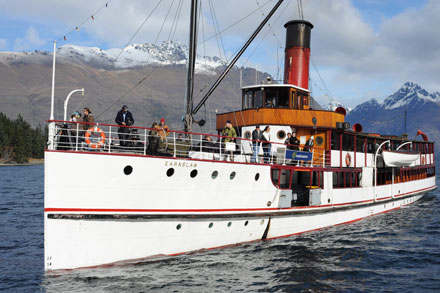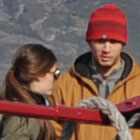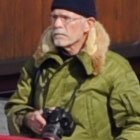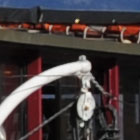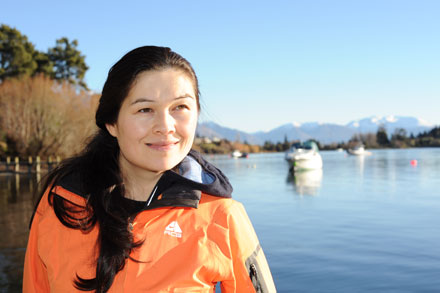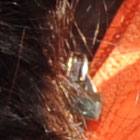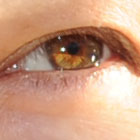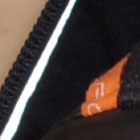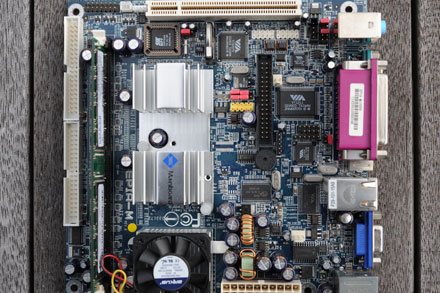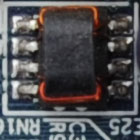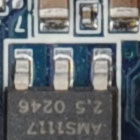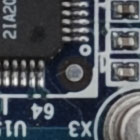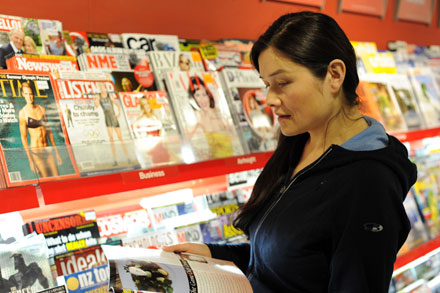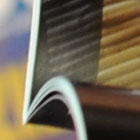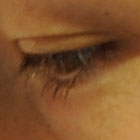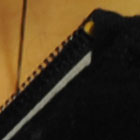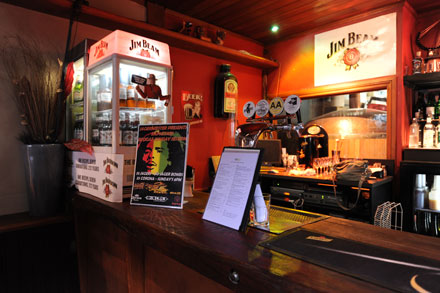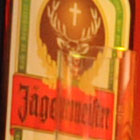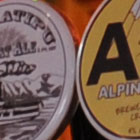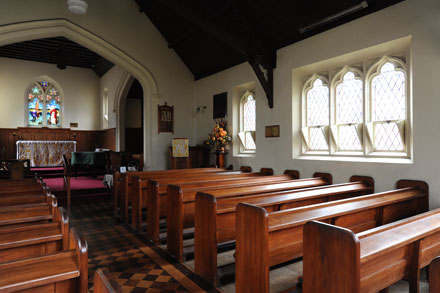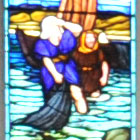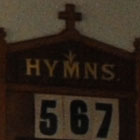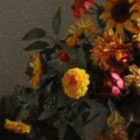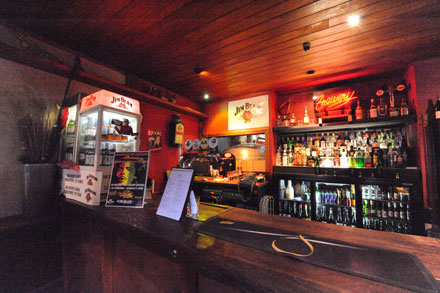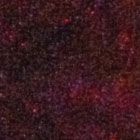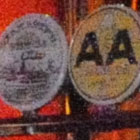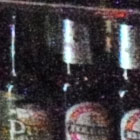Nikon D700
-
-
Written by Gordon Laing
Nikon D700 Gallery
The following images were taken with a final production Nikon D700 fitted with Nikkor AF-S 14-24mm and Nikkor AF 50mm f1.8 lenses. As a full-frame body, the effective field of view has not been reduced. The D700 was set to Large Fine JPEG quality (optimised for quality) for these samples, with Auto White Balance and the default Standard Picture Control, Normal High ISO NR and Active D-Lighting switched off. Vignette Control was set to the default Normal.
The individual exposure mode, file sizes, shutter speeds, aperture, ISO and lens focal length are listed for each image.
The crops are taken from the original files, reproduced at 100% and saved in Adobe Photoshop CS2 as JPEGs with the default Very High quality preset, while the resized images were made in Photoshop CS2 and saved with the default High quality preset. The three crops are typically taken from far left, central and far right portions of each image.
Note: you may wish to open our Nikon D300 Gallery for a comparison of detail and noise.
Landscape: 5.77MB, Program, 1/250, f8, ISO 100, 14-24mm at 14mm (14mm equivalent)
Landscape: 5.60MB, Program, 1/500, f11, ISO 200, 50mm (50mm equivalent)
Portrait: 3.89MB, Program, 1/250, f9, ISO 200, 50mm (50mm equivalent)
Macro: 7.70MB, Program, 1/200, f7.1, ISO 400, 50mm (50mm equivalent)
Indoor: 4.27MB, Aperture Priority, 1/30, f4, ISO 400, 50mm (50mm equivalent)
Indoor: 5.43MB, Aperture Priority, 1/10, f3.5, ISO 800, 14-24mm at 24mm (24mm equivalent)
Indoor: 6.21MB, Aperture Priority, 1/50, f4, ISO 1600, 14-24mm at 24mm (24mm equivalent)
Indoor: 9.43MB, Program, 1/160, f6.3, ISO 25600, 14-24mm at 14mm (14mm equivalent)
| |||||||||||||||||||||||||||||||||||||||||||||||||||||||||||||||||||||||||||||||||||||||||||||||||||||||||||||||||||||||||||||||||||||||||||||||||||||||||||||||||||||||||||
